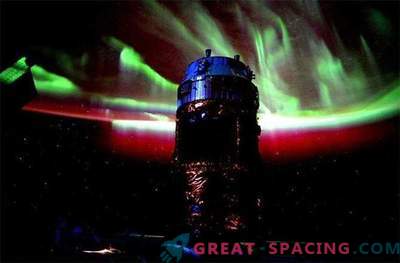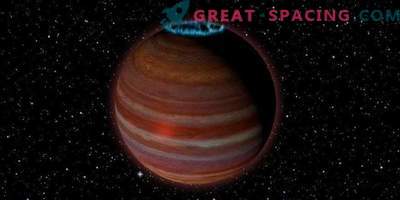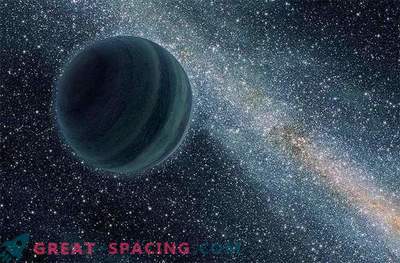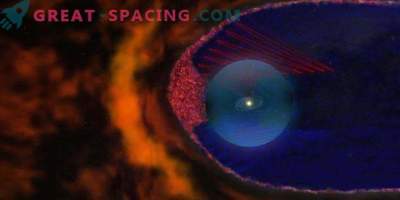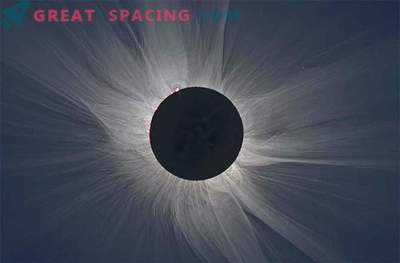
For the first time, astronomers have been able to detect aurora outside our solar system, which will allow us to learn more about the magnetic properties of a brown dwarf.
Up to this point astronomers could see the aurora only on the planets of our solar system. The sun produces a steady stream of electrically charged particles called ions. These ions interact with planetary magnetic fields and atmospheres, as a result of which beautiful light shows can be observed.
As for the Earth, when the solar-charged magnetic field of the sun interacts with the global magnetosphere of the planet, strong geomagnetic storms can begin. But, as a rule, the ions of the sun concentrate in higher atmospheres, resulting in the Northern and Southern Aurora.
A similar phenomenon was discovered by scientists on Jupiter, Saturn, as well as other planets in the solar system, where there is a magnetic field and atmosphere.
Now astronomers have discovered aurora outside the solar system, which was seen on a celestial object. But the most interesting thing is that the glow was discovered not on an exoplanet, but on a brown dwarf. “All the magnetic activity that we noticed on the star is caused by nothing more than a powerful aurora borealis,” said Gregg Hallinan, an expert at the California Institute of Technology in his new release.
Brown dwarfs are mysterious objects that are something between stars and planets. They have the qualities of both, but due to significant differences they are attributed to a separate class. Since the mass of brown dwarfs is much smaller than the stars, in the core of which nuclear fusion takes place, they are often called “fallen stars” - they are not heavy enough to support nuclear fusion for a long period of time. But this brown dwarf LSR J1835 + 3259 compensated for its mass due to its aurora, which is 10,000 stronger than on any other planet.
LSR J1835 + 3259 is 18 light-years from earth. The radio signal, which was formed by its radiance, was received by Karl Jansky (Karl G. Jansky) using a multi-vibrator antenna VLA, which is installed in the US state of New Mexico. As a result of further research using the 5-meter Hale telescope, which is installed in the Palomar Observatory, as well as from the 10-meter Keck telescope located on the Hawaiian Islands in the Keck Observatory. After research at observatories, we managed to find out that the incredibly strong northern lights are much stronger than the planetary magnetic fields, however, they are weaker than the coronal magnetic activity that can be detected on stars like the Sun. This discovery is exciting not only in the field of studying brown dwarfs, but also for understanding planetary dynamics and studying exoplanets. This phenomenon has not yet been fully studied, despite the fact that the aurora was observed on other planets in the solar system, so scientists have a large field for research.
What we see on this object is the same as what we saw earlier on Jupiter, but tens of thousands of times stronger. This suggests that in the future we will have the opportunity to notice a similar type of activity on other extrasolar planets that significantly exceed the mass of Jupiter, ”says Greg Hollinen.
